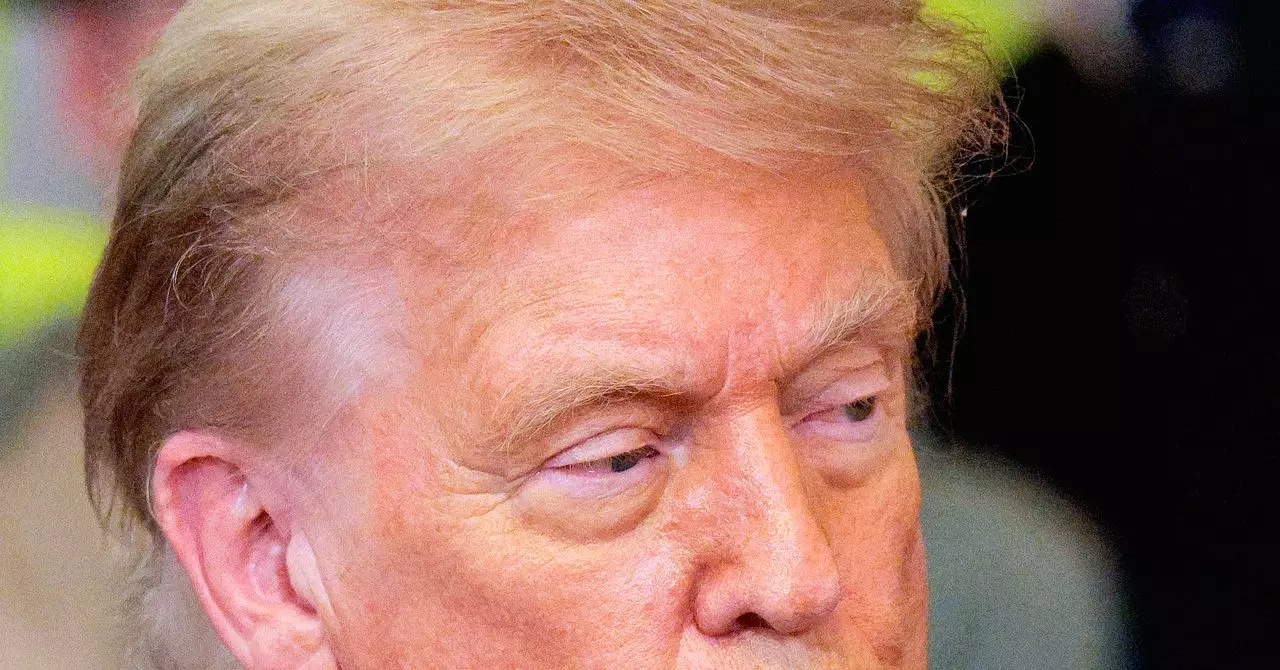Congress is currently entangled in a high-stakes debate over an AI moratorium provision embedded within what’s been dubbed the “Big Beautiful Bill” championed by the Trump administration. Ostensibly designed to place a regulatory pause on state-level AI laws, this moratorium initially proposed a sweeping 10-year freeze on any such legislation. However, this blanket halt has ignited backlash from an unlikely coalition: state attorneys general, AI critics, and even right-wing lawmakers like Marjorie Taylor Greene. The crux of the contention is not simply about timing but about who gets to control AI governance and how. This moratorium is less an example of prudent federal oversight and more of a strategic maneuver to sustain Big Tech’s current unfettered dominance, cloaked as machinery for harmonizing AI policy.
Political Flip-Flops and the Illusion of Compromise
Senators Marsha Blackburn and Ted Cruz attempted to quell criticism by trimming the moratorium from 10 years to 5 years and including “carve-outs” for certain types of state laws, such as those designed to protect children or intellectual property rights. Yet, Blackburn’s inconsistent stance — shifting from initial opposition to tentative support, and back again — reveals the underlying political fragility of the provision. These legislative toggles appear less rooted in principled governance and more in maneuvering to satisfy competing interest groups, including Tennessee’s influential music industry, which benefits from exemptions protecting artists against AI-generated deepfakes. This back-and-forth dilutes the provision’s credibility and calls into question whether anyone sees a clear path forward for meaningful AI regulation at the federal level.
The Mirage of “Carve-Outs” and the Weight of “Undue Burden”
While the moratorium’s carve-outs purport to protect important areas like child safety, deceptive practices, and rights of publicity, the accompanying “undue or disproportionate burden” clause essentially neuters state authority. By embedding a vague yet powerful standard that restricts any state law that might heavily impact AI systems or automated decision-making, the moratorium erects a labyrinthine barrier to regulation. This means the very laws designed to counter AI’s harms—whether online exploitation of children, deceptive algorithms, or unauthorized commercial use of likenesses—could be invalidated if deemed too onerous. Critics, including Senator Maria Cantwell, argue this creates a new legal shield for AI companies to evade accountability with unprecedented defense against state-level lawsuits and regulations, fostering a regulatory safe haven for tech giants.
Broad-Based Opposition and the Stakes for Public Protection
The backlash to the moratorium isn’t limited to partisan squabbles. Diverse actors such as the International Longshore & Warehouse Union condemn it as dangerous federal overreach that could undercut worker protections and labor rights reliant on algorithmic transparency. Meanwhile, fringe voices like Steve Bannon warn the moratorium simply grants Big Tech a critical window to entrench their influence before any oversight might begin. Advocacy organizations focused on child online safety and digital rights view even the pared-down moratorium as an existential threat to their efforts. Danny Weiss of Common Sense Media highlights that the “undue burden” shield is so broad it could effectively derail nearly every state attempt at robust tech regulation geared toward safety. Such sweeping immunity risks leaving the public with only weak federal frameworks—if any at all—while powerful corporations dictate the terms of AI deployment.
An Unfortunate Precedent for AI Governance
Ultimately, the controversy surrounding the AI moratorium illustrates a troubling trend in AI policymaking: a preference for regulatory inertia that enshrines corporate interests over public welfare. Instead of embracing proactive, nuanced laws that address AI’s legitimate dangers—from deepfake exploitation to algorithmic bias—the federal moratorium serves as a stalling tactic. It reflects a reluctance to confront the complex challenges AI poses in real time, choosing instead to defer responsibility with a hollow promise of future federal regulation. This approach fails to recognize that the window for meaningful, protective AI governance is rapidly closing as technologies evolve unchecked. Without decisive action that bridges the gap between protecting innovation and securing individual rights, the United States risks cementing an AI landscape dominated by corporate impunity rather than democratic accountability.


Leave a Reply